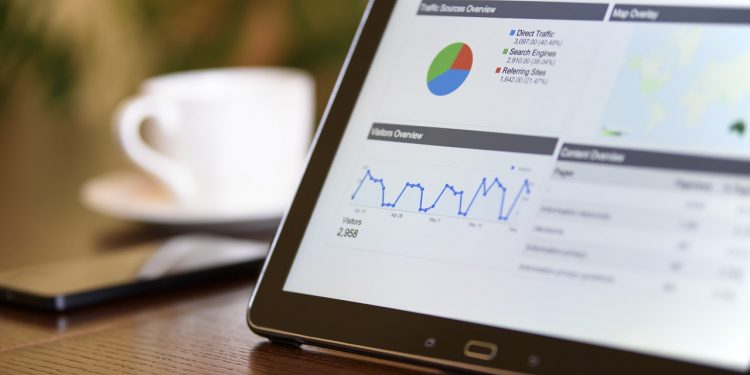
It’s important to measure your content marketing performance against your KPIs on a regular basis to make sure your content strategy is meeting your business goals.
By evaluating data, you can see how users interact with your content and if you are getting a return on your investment. If you aren’t seeing an ROI or there’s a decrease in user engagement with your content, you’ll know it’s time to make some changes to your content strategy.
So, where should you look first when it comes to tracking your content marketing results? Here’s your content marketer’s cheat sheet:
1. Time on page

It’s vital to know how long visitors stay on certain pages of your website to understand how they are engaging with your content and where their interest fades.
If everything is going according to plan and visitors are converting, that’s great! But if they are leaving your website after a few seconds, it’s time for you to make some improvements to your content marketing strategy.
Here are a few ways to get users to stay on your website longer:
- Include different types of content. Some people are more visual and prefer to see videos or pictures whereas others prefer to read blog posts.
- Make your content easy to read by breaking it up into small paragraphs or bullet points.
- Have clear call-to-actions (CTAs) so users know exactly where to go next. For more tips on content engagement, check out 6 tricks to boost content engagement on your website.
You can measure time on page with analytic tools such as Google Analytics.
2. Bounce rate

When someone bounces from your website, it means they looked at one page and then left your site altogether.
If you have a high bounce rate, it is usually for one of these reasons:
- They weren’t interested in what your site offers
- They couldn’t find what they wanted to
- Users quickly found what they were looking for then left (this is the least common)
When users are engaged with your content, they will most likely keep interacting with other parts of your website. If this isn’t happening for you, try optimizing your content by adding in internal links and well-defined CTAs. If you have a blog, put in a sidebar showing other related blog posts. Use this same tactic on your product page by suggesting add-ons and other products they might be interested in. Produce high-quality, relevant content to spark users’ interests and make them want to stay on your website longer.
Luckily, it’s easy to check your website’s bounce rate in Google Analytics. Neil Patel walks you through how to do it step-by-step in this article on Bounce Rate Analytics.
3. Conversion rate

Your conversion rate shows you the percentage of visitors on your website who convert (or complete a desired goal). This could mean they made a purchase, filled out a form, signed up for a subscription, or filled out your contact form.
A high conversion means you’re reaching your target audience, moving leads further down the pipeline, and getting closer to more sales. If your conversion rate is low, you’ll need to evaluate your content marketing plan.
Some ways to improve conversion rates are reviewing your editorial calendar and seeing which topics and timings generate the highest conversions. When you know this information, focus on writing about topics your readers respond best to and posting your blog posts at the times they are most likely to interact with your content. Another way to boost your conversion rate is to add a lead magnet to your blog that offers users value such as an e-book, whitepaper, or guide.
Here are a few places you can track your conversion rate:
4. Total social shares

In 2019, social media and content marketing go hand-in-hand. By measuring your social shares, you’ll have a stronger idea of how your content is resonating with your audience. You can use this knowledge to further refine your content and decide which social platforms to target.
Here are a few ways to increase your social shares:
- Improve your headlines
- Tell stories
- Use visuals
- Focus on your audience and their needs, not just your brand or products
- Work with influencers
You can measure social shares with Google Analytics or social media monitoring tools like Hootsuite or sproutsocial.
What other content marketing metrics does your company measure to determine content marketing success? Let us know in the comments.
